Carlos Gardel, in the smoky dancehalls of Buenos Aires, where the passion of the Argentine spirit converges with the rhythm of the streets, a voice emerged that would become the soul of tango. This is the tale of Carlos Gardel, a legendary figure whose voice resonated across the globe, immortalizing the essence of Argentine music and culture through the passionate embrace of tango.
Early Life in Toulouse and Buenos Aires:
Born Charles Romuald Gardès on December 11, 1890, in Toulouse, France, Carlos Gardel’s journey to becoming the quintessential voice of tango began with a twist of fate. His family relocated to Buenos Aires when he was just a young boy, immersing him in the vibrant cultural tapestry of the Argentine capital. It was here, amidst the bustling streets and the sultry melodies of tango, that Gardel’s destiny unfolded.
Rise from the Streets to Stardom:
Carlos Gardel’s ascent from the working-class neighborhoods of Buenos Aires to international stardom is a testament to both his talent and the transformative power of tango. Inspired by the street-level narratives of the city’s barrios, Gardel began singing in cafes and bars, earning a reputation for his emotive renditions of tango classics. His smooth baritone voice and charismatic stage presence soon captivated audiences, propelling him into the spotlight.
Golden Era of Tango:
The 1930s marked the golden era of tango, and Carlos Gardel stood at its epicenter. Collaborating with lyricist Alfredo Le Pera, Gardel produced a series of timeless compositions that transcended the boundaries of language and culture. Classics like “El día que me quieras” (The Day You Love Me) and “Por una cabeza” became anthems, evoking the passion and nostalgia inherent in the art of tango.
Silver Screen Stardom:
Carlos Gardel’s influence extended beyond the airwaves. Recognizing the potential of cinema, he seamlessly transitioned into the world of acting, becoming a heartthrob on the silver screen. His films, including “El día que me quieras” and “Cuesta abajo” (Downhill), not only showcased his acting prowess but also introduced tango to a global audience, making Gardel a symbol of Argentine cultural export.
Tragic End and Enduring Legacy:
Carlos Gardel’s life was tragically cut short in a plane crash on June 24, 1935, in Medellín, Colombia. At the age of 44, he left a void in the world of music, but his legacy endured. The tragic circumstances of his death only added to the mythos surrounding Gardel, cementing his status as a timeless figure in the annals of Argentine culture.
Immortalizing Tango:
Carlos Gardel’s contribution to tango was not confined to his vocal prowess; he played a pivotal role in shaping the genre itself. His ability to infuse tango with a sophisticated lyrical quality elevated it from a regional dance form to a global art. Gardel’s tango wasn’t just music; it was a narrative, a reflection of the human experience, love, loss, and the intricate dance of life.
Icon of Buenos Aires:
Beyond his musical contributions, Carlos Gardel became an icon synonymous with the spirit of Buenos Aires. His life and art encapsulated the essence of the city, from the cobblestone streets of San Telmo to the passionate embraces on the dance floors of its milongas. Gardel’s image adorned posters, murals, and the hearts of the people, forever intertwined with the cultural identity of Argentina.
Global Impact and Enduring Popularity:
Carlos Gardel’s impact transcended borders, making him a global ambassador for Argentine culture. His records found their way into homes around the world, and his influence reached far beyond the Spanish-speaking audience. The universal themes embedded in his music—the yearning for love, the melancholy of nostalgia—resonated with listeners from diverse backgrounds, ensuring that Gardel’s legacy would endure across generations.
Homages and Cultural Celebrations:
Carlos Gardel’s memory is celebrated annually in Argentina and beyond. The Museo Casa Carlos Gardel in Buenos Aires preserves his legacy, showcasing memorabilia, recordings, and artifacts from his life. Tango festivals, commemorations, and tributes continue to pay homage to the enduring impact of Gardel’s music on the cultural landscape of Argentina.
Legacy in Contemporary Music:
Carlos Gardel’s influence persists in contemporary music, with artists across genres paying homage to the tango maestro. His compositions have been covered and reimagined by a diverse array of musicians, ensuring that Gardel’s legacy remains relevant and vibrant in the ever-evolving world of music.
Conclusion:
Carlos Gardel’s biography is a symphony of passion, talent, and tragedy—a narrative that mirrors the spirit of tango itself. His legacy is not merely a chapter in the history of Argentine music; it is an immortal anthem that continues to reverberate through the streets of Buenos Aires and beyond. In the voice of Carlos Gardel, tango found its eternal muse, a troubadour whose melodies encapsulated the heart and soul of a nation. As the strains of “El día que me quieras” still echo through the barrios of Buenos Aires, Carlos Gardel remains, in perpetuity, the undying voice of Argentine tango.
.- Youtube Feature Video: Carlos Gardel “Sus 50 mejores tangos” CD2 completo Link here.


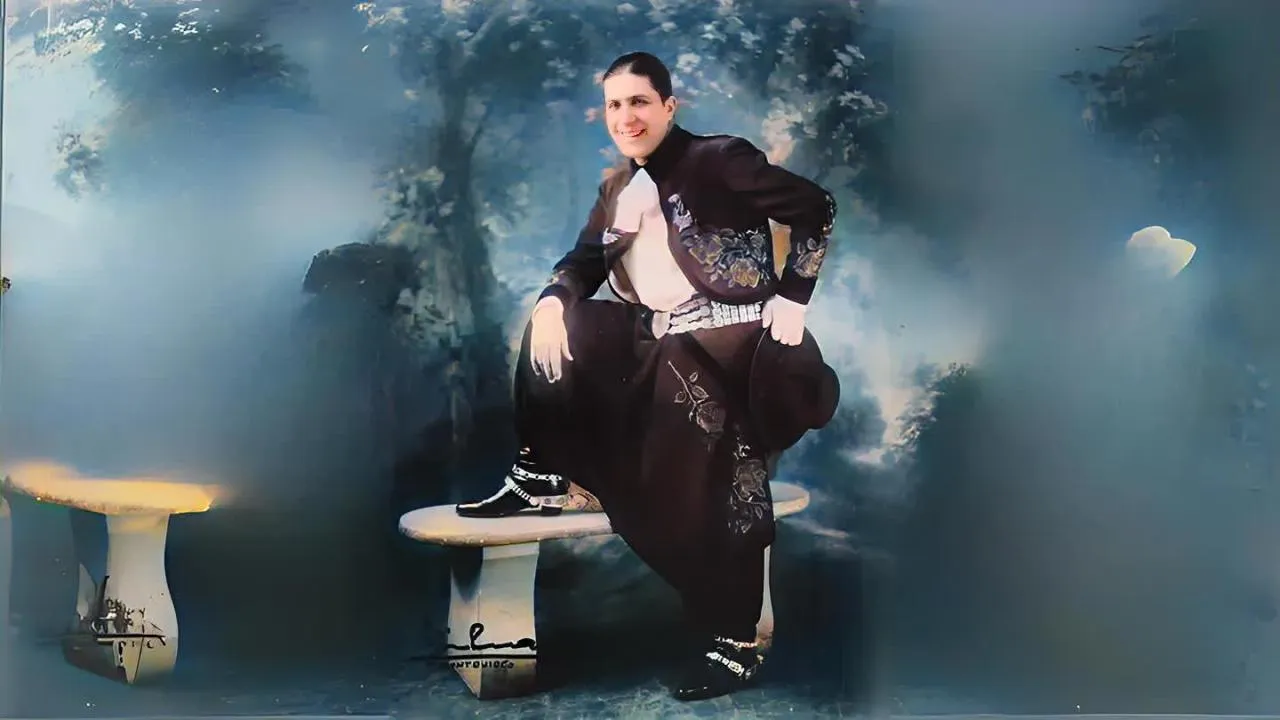

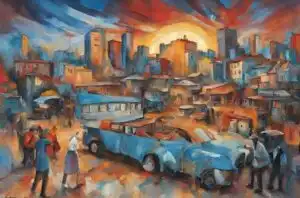
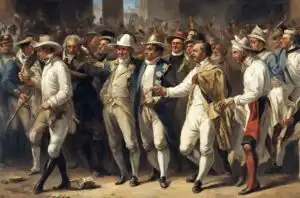
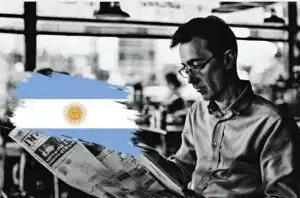



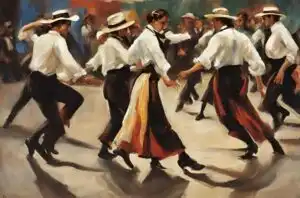
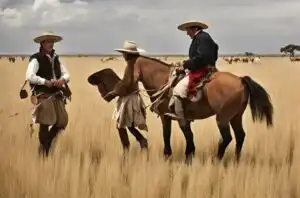




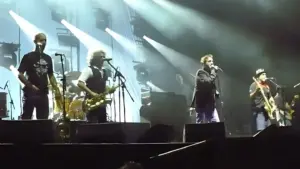
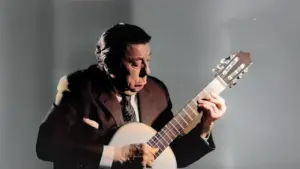
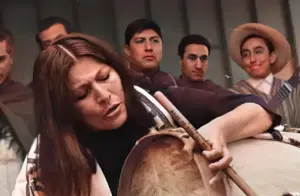
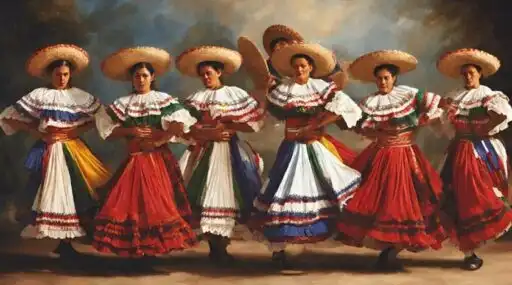
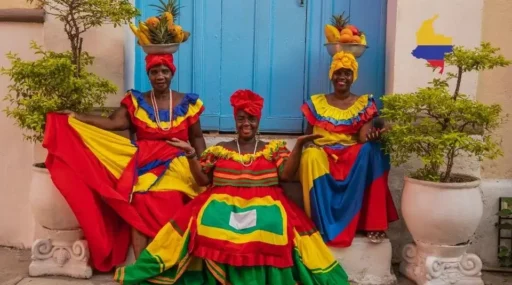
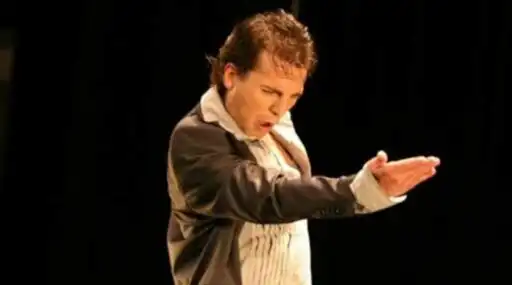
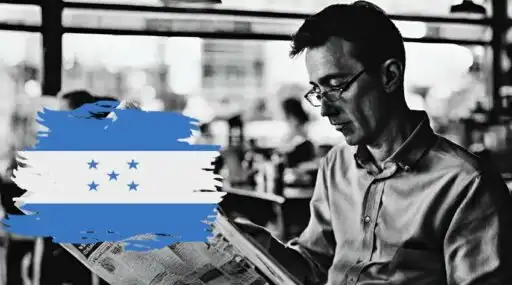


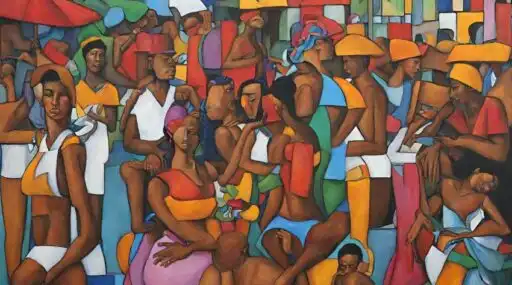
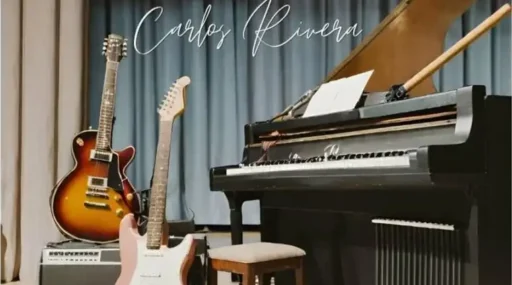

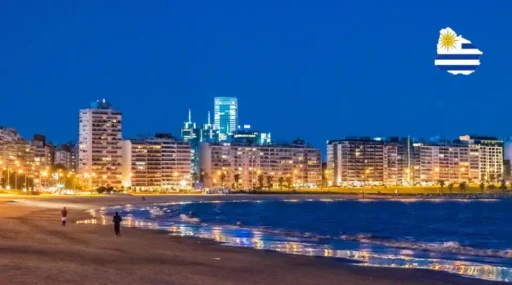




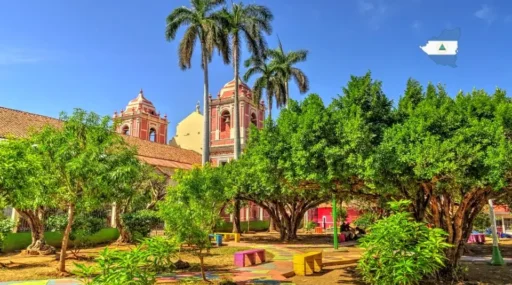
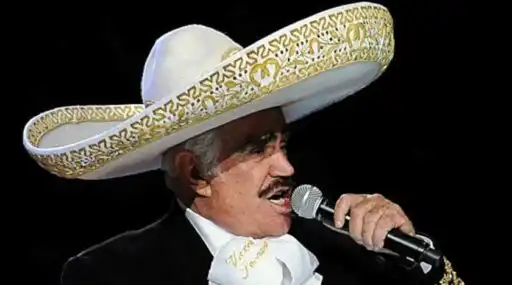
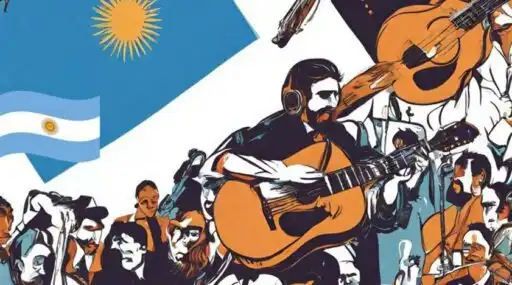

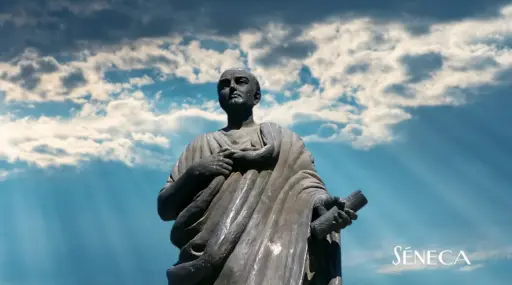






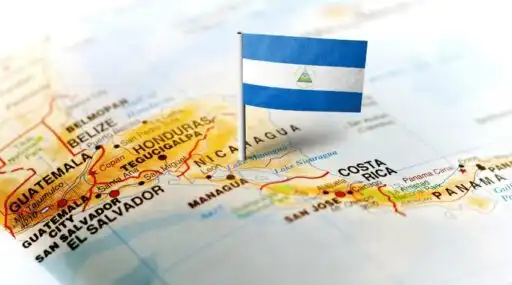
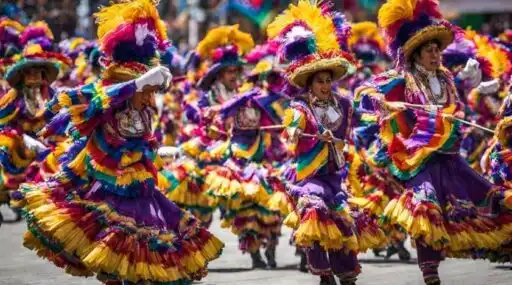


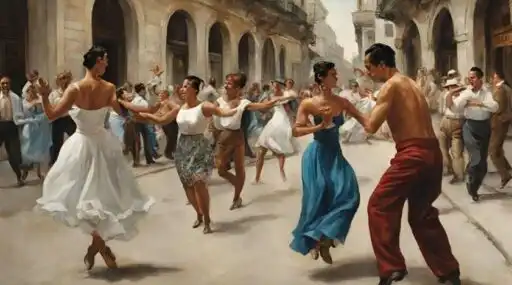
Leave a Reply